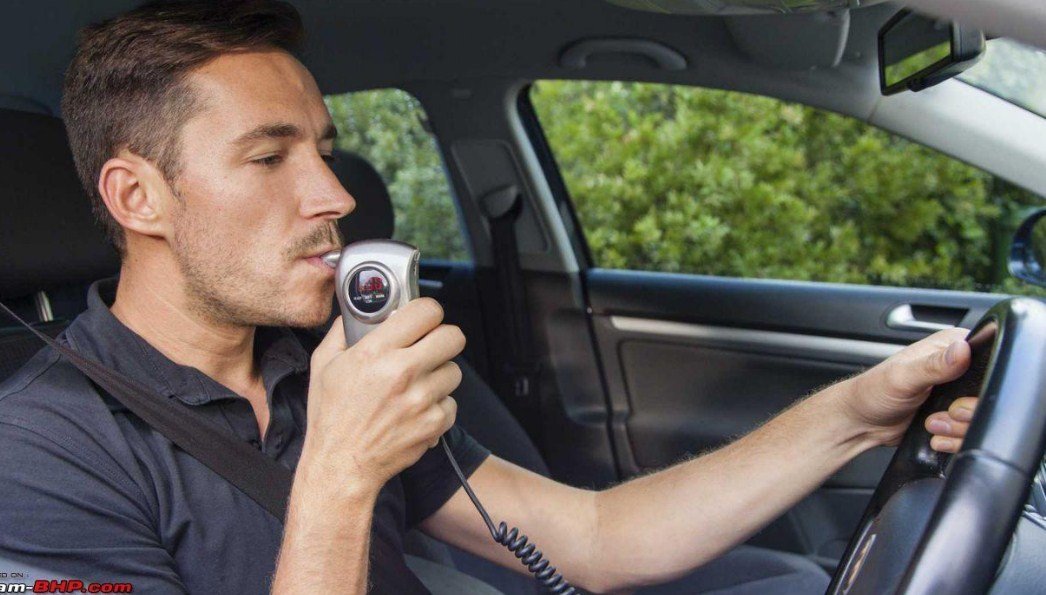The National Highway Traffic Safety Administration (NHTSA) and General Motors (GM) are urging Congress to pass a legislation that would require all new vehicles to be equipped with technology that can prevent drunk driving. The proposed bill, called the HALT Act, would mandate the installation of driver monitoring systems (DMS) and alcohol detection systems (ADS) in all new cars by 2026.
What is the HALT Act?
The HALT Act, which stands for Honoring Abbas Family Legacy to Terminate Drunk Driving Act, is named after the Abbas family, who were killed by a drunk driver in 2019. The bill was introduced by Representative Debbie Dingell and Senator Gary Peters, both from Michigan, where the Abbas family lived.
The HALT Act aims to reduce the number of fatalities and injuries caused by drunk driving, which is one of the leading causes of traffic deaths in the US. According to NHTSA, more than 10,000 people died in alcohol-impaired crashes in 2019, accounting for 28% of all traffic fatalities.
The HALT Act would require NHTSA to issue a rule that would mandate all new vehicles to have DMS and ADS by 2026. DMS are systems that can monitor the driver’s behavior, such as eye movement, head position, steering input, and lane keeping, and alert the driver or intervene if the driver is impaired, distracted, or drowsy. ADS are systems that can measure the driver’s blood alcohol concentration (BAC) through breath or touch sensors, and prevent the vehicle from starting or operating if the driver is above the legal limit of 0.08%.
How are NHTSA and GM supporting the HALT Act?
NHTSA and GM are both vocal supporters of the HALT Act, and have been working together to develop and test DMS and ADS technologies. NHTSA has been conducting research on DMS and ADS for over a decade, and has partnered with the Automotive Coalition for Traffic Safety (ACTS), a consortium of automakers, to create the Driver Alcohol Detection System for Safety (DADSS) program. The DADSS program aims to develop and commercialize ADS that are reliable, accurate, and unobtrusive.
GM, on the other hand, has been investing in DMS and ADS technologies for its own vehicles, and has announced that it will offer DMS as a standard feature on all its models by 2023. GM’s DMS, called Super Cruise, is a hands-free driver assistance system that uses cameras and infrared sensors to monitor the driver’s attention and alertness. GM has also been testing ADS technologies, such as breath and touch sensors, in collaboration with the DADSS program.
NHTSA and GM have expressed their support for the HALT Act in a joint statement, saying that they believe that DMS and ADS technologies can save lives and prevent tragedies caused by drunk driving. They have also urged other automakers, lawmakers, and stakeholders to join them in supporting the HALT Act and advancing the deployment of DMS and ADS technologies.
What are the benefits and challenges of DMS and ADS technologies?
DMS and ADS technologies have the potential to offer significant benefits for road safety, as they can prevent drivers from operating vehicles while impaired by alcohol or other factors. DMS and ADS technologies can also enhance the performance and safety of other driver assistance systems, such as adaptive cruise control, lane keeping assist, and automatic emergency braking, by ensuring that the driver is alert and ready to take over when needed.
However, DMS and ADS technologies also face some challenges and limitations, such as technical feasibility, consumer acceptance, privacy, and cost. DMS and ADS technologies need to be able to work reliably and accurately in various conditions, such as different lighting, weather, and vehicle types. They also need to be able to distinguish between the driver and the passengers, and account for individual differences in physiology and behavior. Moreover, DMS and ADS technologies need to be able to gain the trust and acceptance of consumers, who may have concerns about the convenience, comfort, and privacy of the systems. Additionally, DMS and ADS technologies need to be affordable and accessible for all consumers, especially those who are most at risk of drunk driving.
What are the next steps for the HALT Act and DMS and ADS technologies?
The HALT Act is currently pending in Congress, and has received bipartisan support from several lawmakers and advocacy groups, such as Mothers Against Drunk Driving (MADD), the Insurance Institute for Highway Safety (IIHS), and the Governors Highway Safety Association (GHSA). However, the HALT Act also faces some opposition from some industry groups, such as the Alliance for Automotive Innovation (AAI), which represents most major automakers, and the American Beverage Institute (ABI), which represents restaurants and bars. These groups have argued that the HALT Act is premature, impractical, and ineffective, and have suggested alternative approaches, such as increasing enforcement, education, and treatment for drunk drivers.
Meanwhile, NHTSA and GM have pledged to continue their efforts to develop and test DMS and ADS technologies, and to collaborate with other stakeholders to address the challenges and barriers to their adoption. NHTSA and GM have also stated that they will support the voluntary adoption of DMS and ADS technologies by other automakers, even before the HALT Act becomes law.

